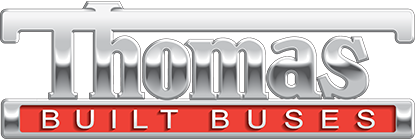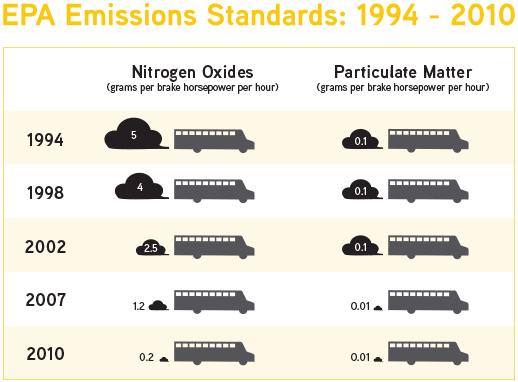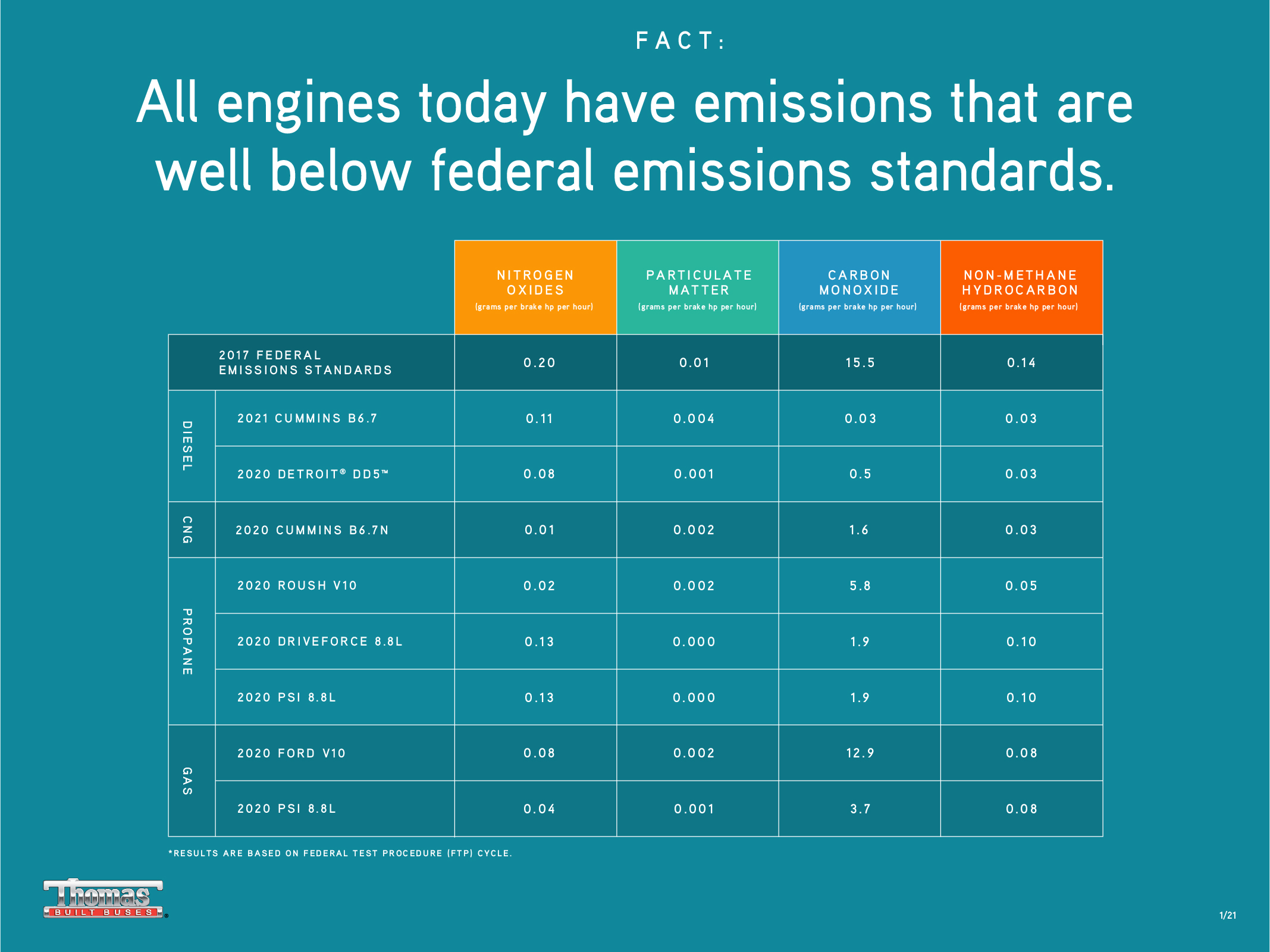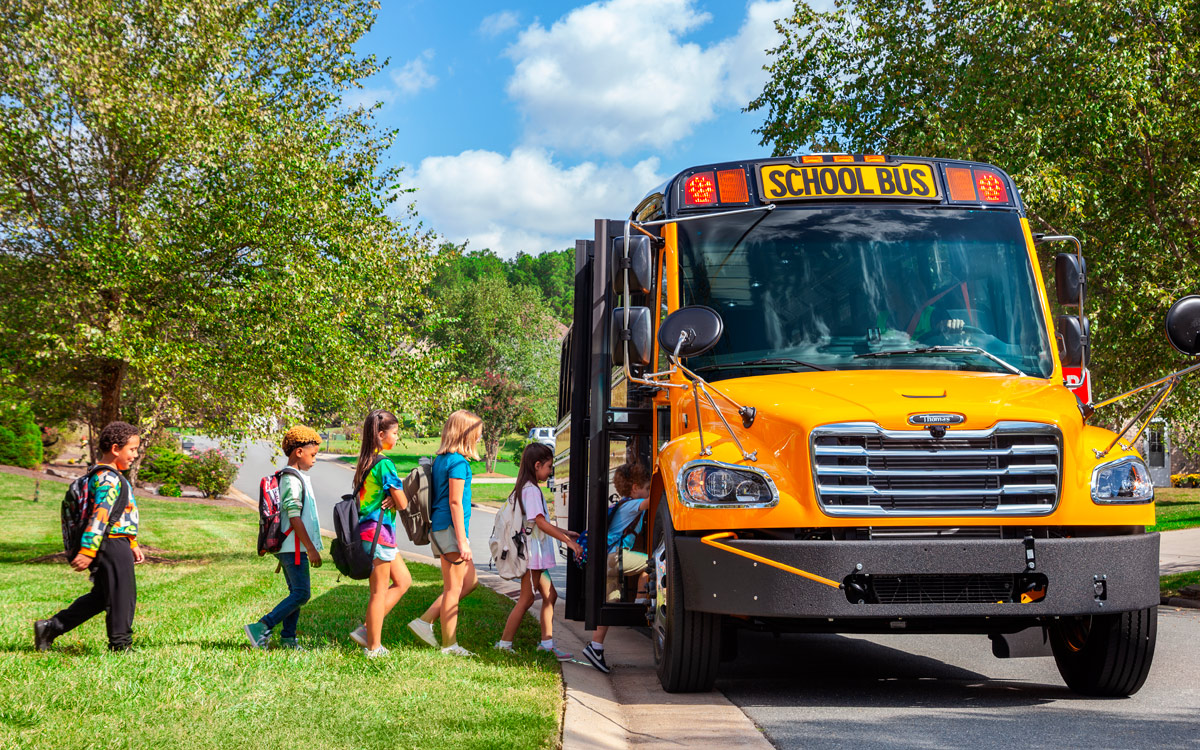
In today’s rapidly evolving industrial landscape, sustainability has become a global focus. But what does that even mean? For Thomas Built Buses, it’s about defining our commitment to our organization, our industry and the communities we serve. While our electric school bus, the Saf-T-Liner® C2 Jouley®, and its many milestones (including the recent delivery of our 1,000th) often come to…
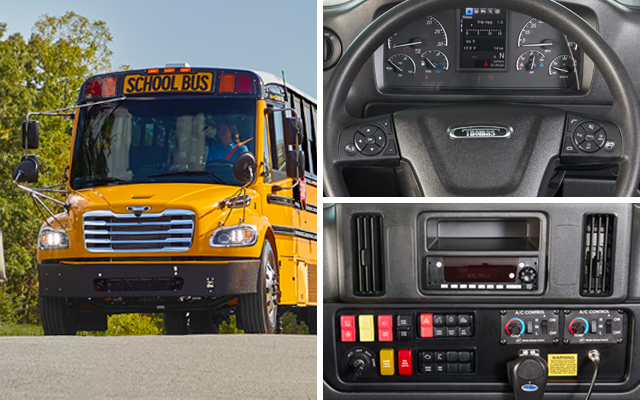
Upgrading the C2’s User-Experience for a New Era of Drivers
Student safety is in the hands of school bus drivers. The more comfortable and confident drivers feel, the more safely they drive.
For the last 20 years, Thomas Built Buses has supplied the industry with advanced electronics engineered with safety prioritized in every detail. Our Saf-T-Liner® C2 was designed…
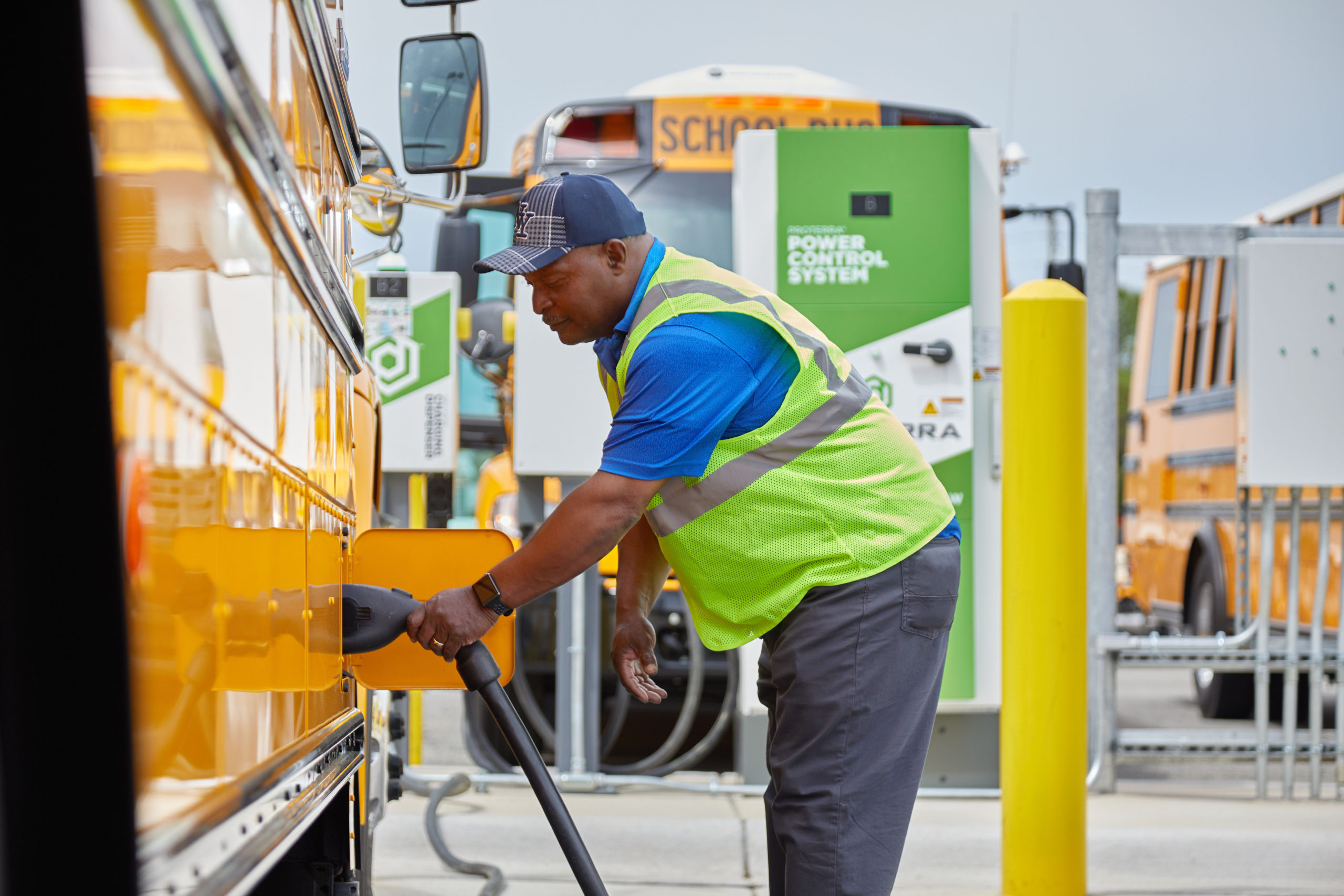
As electric school buses continue to gain momentum across the U.S. through federal incentives like the EPA’s Clean School Bus Program, school districts are looking for help in transitioning their traditional bus fleets to electric, including building out electric vehicle (EV) infrastructure.
Building and implementing charging infrastructure can be a daunting task, with challenges…

From Kendra Eads, VP of Engineering and Technology at Thomas Built Buses
As we gear up for the back-to-school season, it’s important to recognize the significant advancements in school bus technology that enhance the safety and well-being of our students during their daily journeys.
At Thomas Built Buses, our commitment to safety is evident in our mission and…
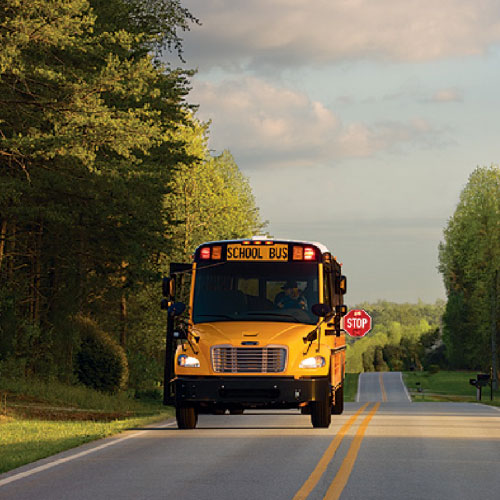
Diesel has received a bad reputation as of late. There’s a lot of talk about “alternative fuels” in the school bus industry, and while propane and compressed natural gas are indeed great options for some school districts, these fuel types are portrayed as cleaner, more efficient and more sustainable solutions than clean-diesel. While other fuel types are clean-burning, the claim that they are significantly cleaner, and well, better than clean-diesel is no longer true.
Clean-diesel today isn’t what it was 10 or 15 years ago, and in fact, it’s still the best long-term solution for most school districts today. Here’s why:
Diesel is clean.
Clean-diesel emissions at the tailpipe are 90 percent cleaner than they were in 2006 and are comparable to or even cleaner than other fuel types, based on EPA regulated emissions standards. To put that into perspective, 60 of today’s Thomas Built Buses Saf-T-Liner C2® school buses produce fewer combined emissions than one school bus from 2002. See for yourself.
Across the board, clean-diesel engines like the Cummins B6.7 and Detroit™ DD5™ are certified well below the EPA rating requirements for particulates, NOx and CO grams per brake horsepower. Even more surprising to some, clean-diesel comes in well below propane emission ratings and performs better than CNG for CO grams per brake horsepower.
Now that’s something to think about.
Clean-diesel is cost effective.
Some fuel options, such as gasoline, are hitting the market with an unprecedented low acquisition cost. For low-bid districts, these fuel types may seem appealing. However, when you crunch the numbers, even with a slightly higher acquisition cost, clean-diesel provides a lower total cost of ownership. The fact remains that clean-diesel outperforms other fuels in operating range and fuel economy. Plus, the large clean-diesel resale market doesn’t exist for gasoline, propane or CNG buses.
Of course, the numbers vary based on usage, mileage, terrain, and other factors, but with its low fuel cost, high fuel economy, low purchase price, operating range, maintenance and resale value, clean-diesel has a total cost of ownership lower than propane, gasoline and compressed natural gas.
Plus, with clean-diesel, you don’t have to deal with logistical issues and fueling upgrades that come with switching to another fuel. That’s even more money in the bank.
Clean-diesel is proven.
It’s a fact: clean-diesel is and will continue to be the industry standard. Ninety-three percent of today’s school buses run on diesel power. Why? Clean-diesel engines are built for the medium- and heavy-duty/commercial-grade market, so they are proven, reliable and durable, lasting longer than propane and gasoline counterparts. Clean-diesel engines are built to last 15-20 years, while other engine platforms may need to be replaced multiple times during the normal lifecycle of a school bus. Multiply that out based on the number of buses in your fleet, and that can be a whole lot of engine replacements.
Clean-diesel is innovative.
New clean-diesel engines hitting the market this year, like the much-anticipated Detroit™ DD5™ and DD8™ engines will not only be comparable to or even cleaner than other fuel types, they will represent the best in fuel efficiency, durability, reliability, serviceability and technology/telematics in the industry.
In fact, today’s clean-diesel engines are so advanced they can go up to 45,000 miles before needing oil or fuel filter changes (or either 18 months or 1,500 hours, whichever comes sooner). Plus, they will come equipped with the industry-leading telematics systems that are not available anywhere else which measure engine diagnostics, reducing maintenance costs and increasing uptime.
So, when it comes to deciding the best fuel type for your district, don’t rule out clean-diesel too quickly.
To learn more about the many benefits of clean-diesel school buses visit our Facts About Fuels page.
